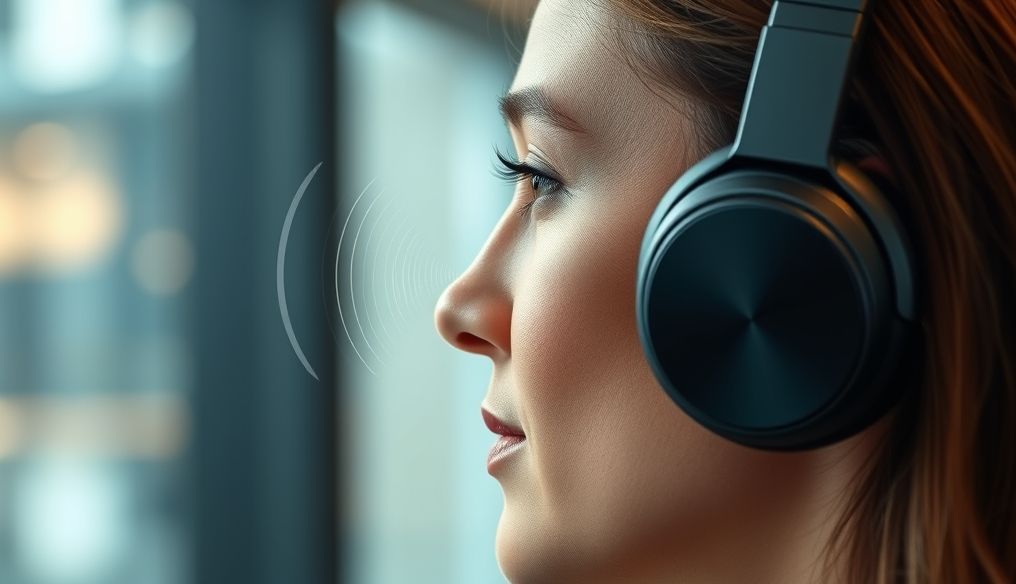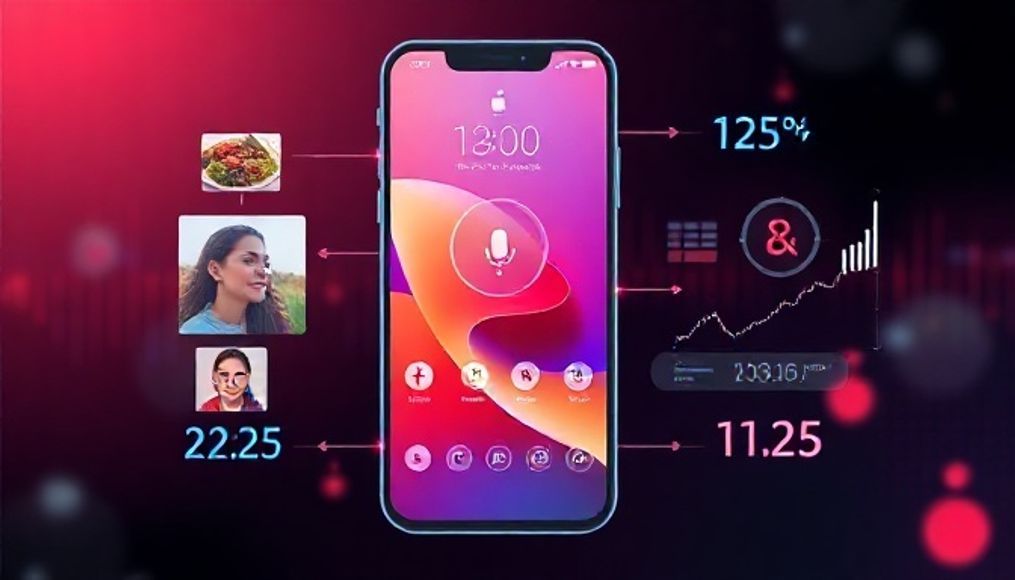Introduction: Why Wireless Headphones?
In today's fast-paced world, wireless headphones have become a necessity for many. These headphones offer freedom of movement, ease of use, and excellent sound quality. Whether you're listening to music while exercising, making calls on the go, or focusing on your work in a noisy environment, wireless headphones offer practical and effective solutions.
Chapter 1: Identifying Your Needs
Before you start looking for wireless headphones, it's essential to clearly define your needs. Ask yourself:
- What is the primary use of the headphones? (Music, calls, sports, gaming)
- What environment will you be using the headphones in? (Home, office, gym, public places)
- How important is sound quality to you? (Are you a demanding music enthusiast, or are you just looking for acceptable sound?)
- What is your budget? (Wireless headphone prices vary greatly)
Once you understand your needs, you can narrow down your search and focus on options that suit you.
Chapter 2: Types of Wireless Headphones
There are several main types of wireless headphones, each with its advantages and disadvantages:
- True Wireless Earbuds: Compact, lightweight, and convenient for everyday use. Often come with a charging case that provides extra battery life.
- Wireless Earbuds with a Cable: The earbuds are connected by a short cable that wraps around the neck. Provides better stability during exercise and longer battery life.
- Wireless Over-Ear/On-Ear Headphones: Offer better sound quality and noise isolation. Suitable for listening to music at home or in the office.
- Wireless Neckband Headphones: The headphones connect to a band around the neck. Offers long battery life and additional features such as vibration for notifications.
Choose the type that suits your lifestyle and needs.
Chapter 3: Sound Quality: What to Look For?
Sound quality is one of the most important factors when choosing wireless headphones. Look for:
- Frequency Range: Indicates the range of sounds the headphones can produce. The typical frequency range is 20 Hz to 20 kHz, which is the range humans can hear.
- Impedance: Affects the sound level. Headphones with low impedance are usually louder.
- Sensitivity: Measures how efficiently the headphones convert electrical power into sound. The higher the sensitivity, the louder the sound.
- Audio Codecs: Such as SBC, AAC, aptX, and LDAC. These codecs determine the quality of wireless audio. aptX and LDAC are considered high-quality codecs.
Listen to different sound samples before buying to evaluate the sound quality yourself.
Chapter 4: Important Additional Features
In addition to sound quality, there are additional features that can make the wireless headphone experience more enjoyable:
- Active Noise Cancellation (ANC): Reduces ambient noise, allowing you to focus on music or calls.
- Transparency Mode: Allows you to hear surrounding sounds without removing the headphones.
- Water and Dust Resistance (IP Rating): Protects the headphones from damage caused by sweat or rain.
- Microphone: Important for making calls. Look for headphones with a clear, high-quality microphone.
- Battery Life: Check the advertised battery life of the headphones and charging case.
- Touch/Button Controls: Allows you to control music and calls without having to use your phone.
Identify the features that are most important to you and look for headphones that offer them.
Chapter 5: Budget: Determining the Right Price Range
Wireless headphone prices range from a few dollars to several hundred dollars. Set your budget before you start looking. Remember that a higher price does not always mean better quality. Look for headphones that offer the best value for money in your budget range.
Chapter 6: Reliable Brands
There are many reliable brands in the wireless headphone market. Some of the most popular brands include:
- Sony
- Bose
- Apple
- Samsung
- Sennheiser
- Jabra
- Anker
Look for reviews and user ratings before buying to learn more about the performance and reliability of different brands.
Chapter 7: Reading Reviews and Ratings
Reading reviews and ratings is one of the most important steps before buying wireless headphones. Look for reviews from trusted sources, such as specialized tech sites, forums, and commercial sites. Pay attention to reviews that talk about sound quality, comfort, battery life, and reliability.
Chapter 8: Additional Tips
- Try the Headphones Before Buying: If possible, try the headphones in the store before you buy them. This will help you evaluate comfort and sound quality for yourself.
- Check the Return Policy: Make sure the store offers a good return policy in case you are not satisfied with the headphones.
- Update Headphone Software: Manufacturers often release software updates to improve headphone performance and fix bugs.
- Clean the Headphones Regularly: To keep the headphones clean and prevent the buildup of dirt and wax.
Conclusion
Choosing the right wireless headphones requires some research and thought. By defining your needs, understanding the types of headphones available, looking for important features, and reading reviews, you can make an informed decision and buy the headphones that perfectly suit you. Enjoy a pleasant wireless audio experience!




